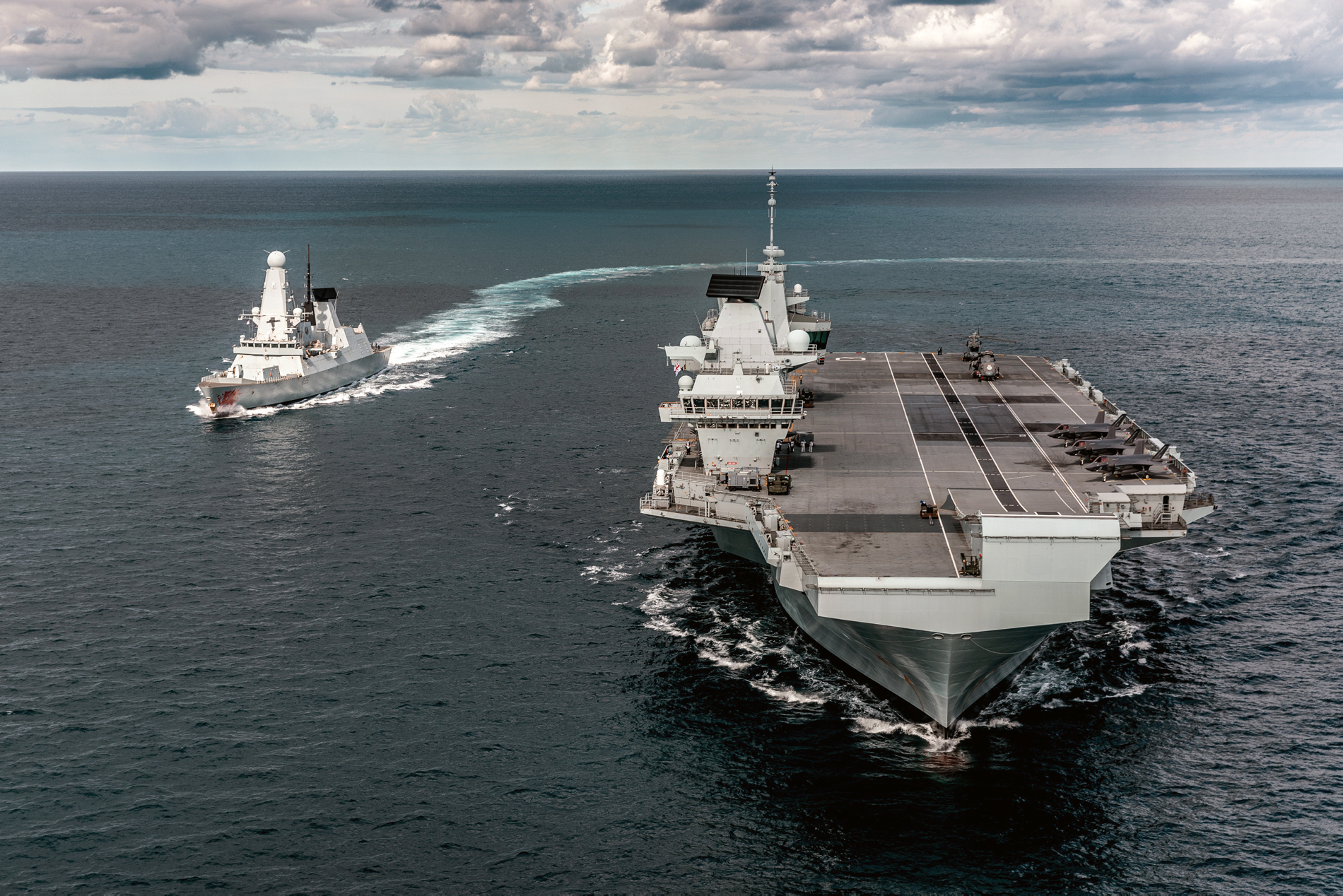Systems or Platforms: How should we view defence capability?
Published 3rd March 2020
By Andy Thomis, Cohort Group Chief Executive
As the UK government prepares to launch a new defence spending review, attention turns to the capabilities needed to protect global interests.
Much of the lead-up debate will focus on the types and numbers of ships, aircraft and vehicles. But is this the right approach to determining defence needs in a complex world of threats? Should platforms continue to be prioritised over warfare systems, or is it time for a rethink?

Defence platforms have always been conceived and built as long-term assets, with mid-life improvements offering modest performance upgrades. Ships, tanks and aircraft have been the building blocks of defence capability. Replacement decisions are major and infrequent. Lifecycles may be four decades or more.
But while defence was once the engine of innovation (where would mobile phone technology be without GEC’s tactical battlefield radio?), it is now commercially driven R&D that sets the pace – and that pace has accelerated rapidly. So, has the traditional way of doing things in defence been rendered obsolete?
The new paradigm of technology development has the potential to be a massive disruptor for defence, but resistance will be strong. The long history of defence equipment acquisition has created organisations and cultures invested in a platform-centred approach.
The need to focus on systems
Adapted consumer technology has been ruthlessly exploited by adversaries using asymmetric and hybrid approaches, making military systems obsolete quicker. Insurgents using encrypted WhatsApp messages to communicate are benefiting from development budgets far larger than those available to most defence ministries.
The power that commercially derived sensor and communications technology can deliver in a rapid period of time can be a key element of future success for sophisticated national actors too. If they follow this path, defence platforms will evolve into ecosystems, crammed full of C4ISR and kinetic capability which must be operated within a data fusion environment. But these benefits come with a challenge: managing multiple system lifecycles within the platform as the pace of technology change brings ever-faster obsolescence.
The challenge of change
That raises questions about defence acquisition processes, in-service support, training, and importantly about where defence finds its tech. The answers to these questions are complex, but one factor is in our favour. Unlike many other nations the UK benefits from a strong base of small and medium-sized defence technology businesses. Their technical originality, responsiveness and willingness to challenge convention make them a tremendous source of system innovation.
Another important element is likely to be an increased application of open architecture and modular systems. Proprietary interfaces restrict the modification of hardware and information architectures and are the enemy of cost-effective through-life upgrade. Applying open architecture from the start of a project, for example in naval communications systems, can leverage the capacity of civilian R&D and make best use of emerging technology. Such an approach could contribute much to agility, responsiveness and long-term value for money.
Elsewhere, more questions should be asked of the existing roles and relationships within the defence community. Greater synergy between the defence industry, academic and research institutions and MOD would broaden thinking and allow consideration of new ideas. A fresh look at decision-making processes and resource scheduling in defence acquisition could challenge the deep-rooted assumptions about multi-decade lifecycles that currently drive capability development.
What does this mean for defence?
The UK’s defence and security review, just getting underway, provides a great opportunity. There is real scope for improvement in the efficiency and effectiveness of defence acquisition, and hence the capability we can deliver from the defence budget.
Major change is always risky and unsettling, especially in large organisations, but the need is great. A new generation of threats against global forces and interests is emerging; hypersonic missiles, cyber intrusion, laser platforms and remotely operated ordnance to name a few. It will be superior information and kinetic systems, integrated without platform bias, that will defeat these threats, and this is where the defence programme must focus.
To speak to us about this blog or give us feedback, please contact us.